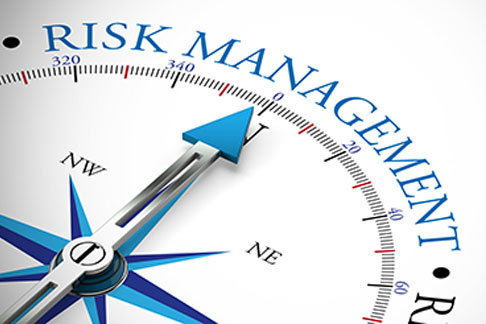The US high yield debt market is larger and riskier than it was before the last financial crisis. The same characteristics of increasing leverage ratios and a high proportion of covenant weak debt, also apply to European, Asian and Australia high yield debt where starting interest coverage ratios are close to or below 1.00. The long period of low interest rates juxtaposed with quantitative easing has resulted in unprecedented debt globally.
But the majority of debt accumulated by US non-financial corporates since 2010 has been used for stock buyback, special dividends, merger and acquisitions boosting earnings per share, instead of investing in growth research and development. The knock on effect of swapping equity for debt through share buy backs has by far ballooned the equity market forcing company acquisition prices up, but not their values. And the feedback I often hear from investors is how tough it is to originate quality deals particularly as they have to pay a premium price for a quality asset.
Analyst have been saying for over the last 18 months we are moving to the late stage of the credit cycle and the blind chase for high yields is coming to an end. Meaning the period of low interests rates, lax lending practices and booming debt issuance is just about over and when it does it will take with the fuel that has driven global asset prices higher. In the 2003-2007 housing boom, subprime residential lending was largely the domain of private lenders.
Now more than 10 years later, the government guaranteed lenders are busy repeating many of the same mistakes. Borrowers with limited excess income and little or no savings are again getting loan applications approved. Since the GFC, triple rated or the lowest rated, B rated including triple C rated junk companies have borrowed 4.5 trillion representing an increase in debt of 150%. The problem is when business borrow to much debt and they begin to default, it raises the cost of debt for everyone.
Put in a different way, when business leverage is high, assets then have to be liquidated to raise cash which should force values lower. The point is aggressive investors in any asset class including property should realize there at al least a 12 dozen markets where dodgy debts are apparent spanning a spectrum of global high yields market. This includes Chinese corporate to emerging markets debt from US municipal debt, student’s debt, US subprime auto debt and US mortgage debt. Deteriorating data is also emanating out of the US, Canadian and Australian mortgage debt markets where government guaranteed lenders have been providing debt to those with limited excess savings of little income or no savings.
The same factors are being seen in the US subprime auto loans market where’re the quality of those loans is poor with minimal checks on the borrowers capacity to pay the loan. Even as US unemployment has been falling, default rates have been increasing a clear indication of how bad the under writings have been. US student loans now exceed 1.5 trillion up 490 billion dollars on 2006 figures and a long period of lease lending in the Middle East, South America, Africa is s reminder of the conditions before the Asian Financial Crisis and Latin American debt crisis. Australia is also exposed as China now has the highest corporate debt to GDP anywhere In China, close to half of which is owed by property companies and property linked industries. This is a major risk as Chinese property is overpriced relative to incomes and there’s widespread overbuilding, especially in the ghost cities. As with almost all debt in China, there’s several issues that make risk assessment far murkier than it should be.
Investor need to be paying attention to debt markets as rising interest rates are not a problem until they are shifting sentiment quickly as the dodgy factor is so prevalent. Ray Dalio said “2019 is setting up to be a dangerous year as fiscal stimulus rolls off while the impact of the fed’s tightening will be peaking and since assets markets lead the economy for investors the danger is already here”. This said. It does not mean there will an imminent crash, what it does mean is markets are expensive, there are potential factors for more volatility, and this could be a huge advantage to anyone holding cash.

